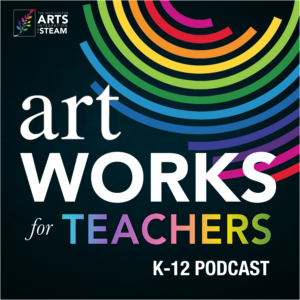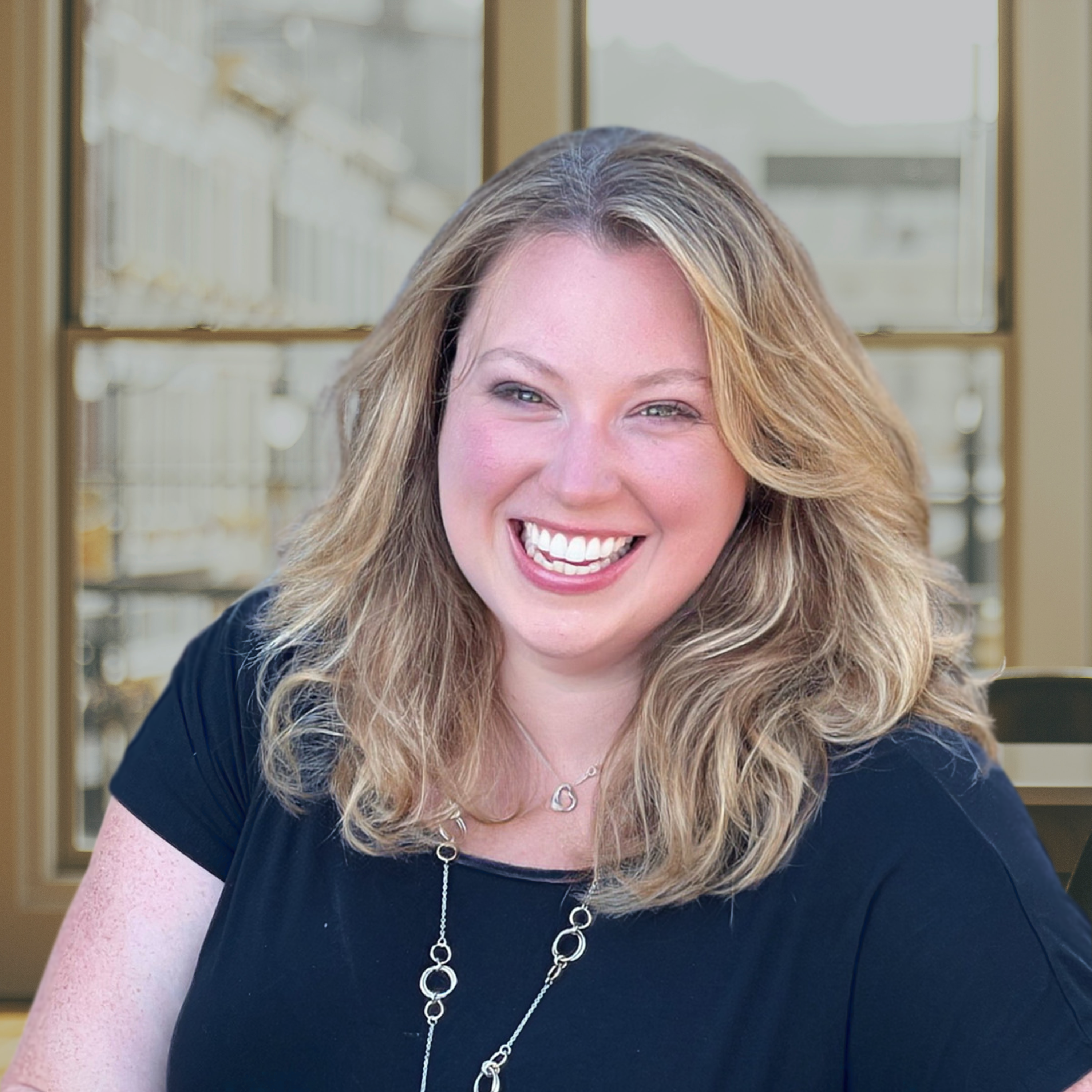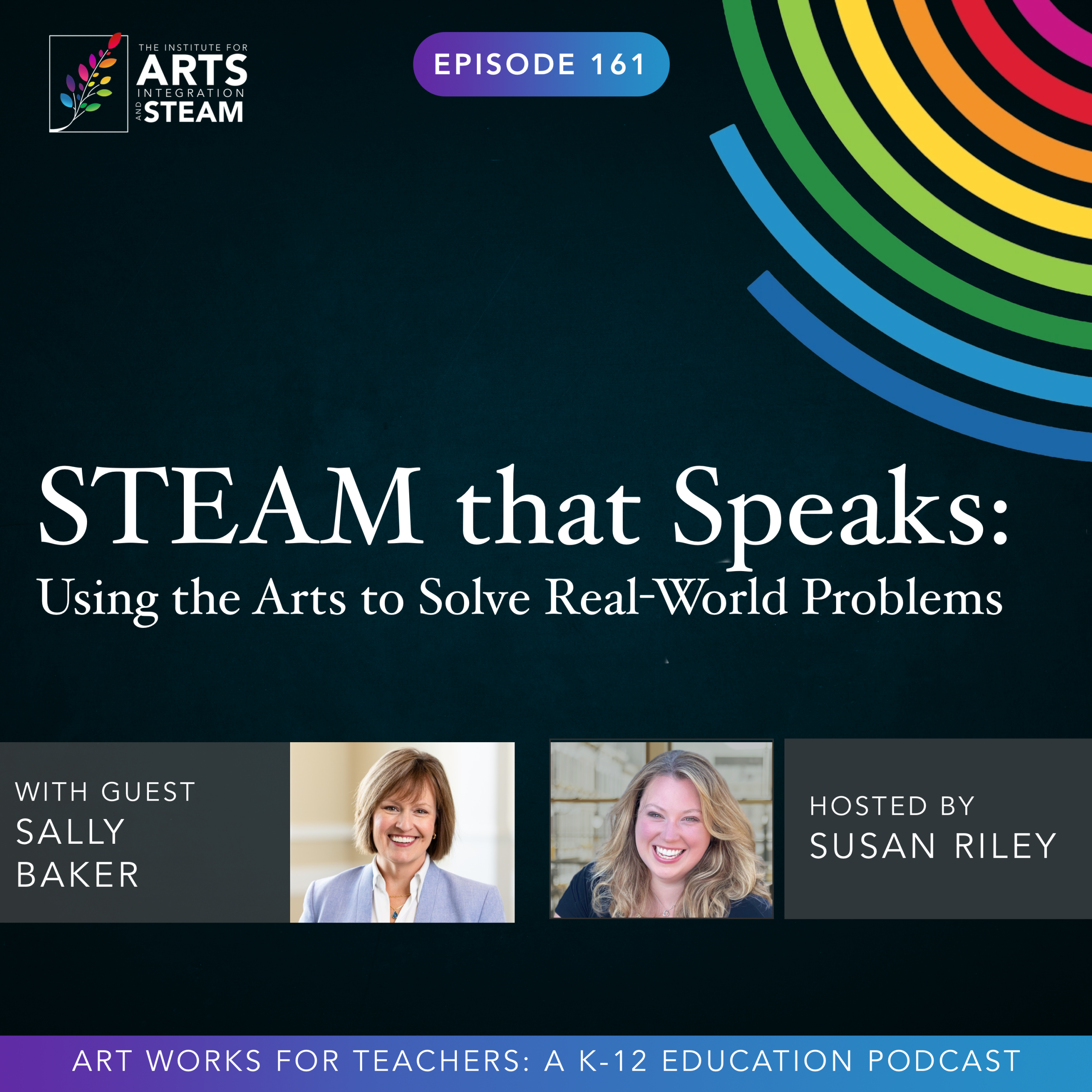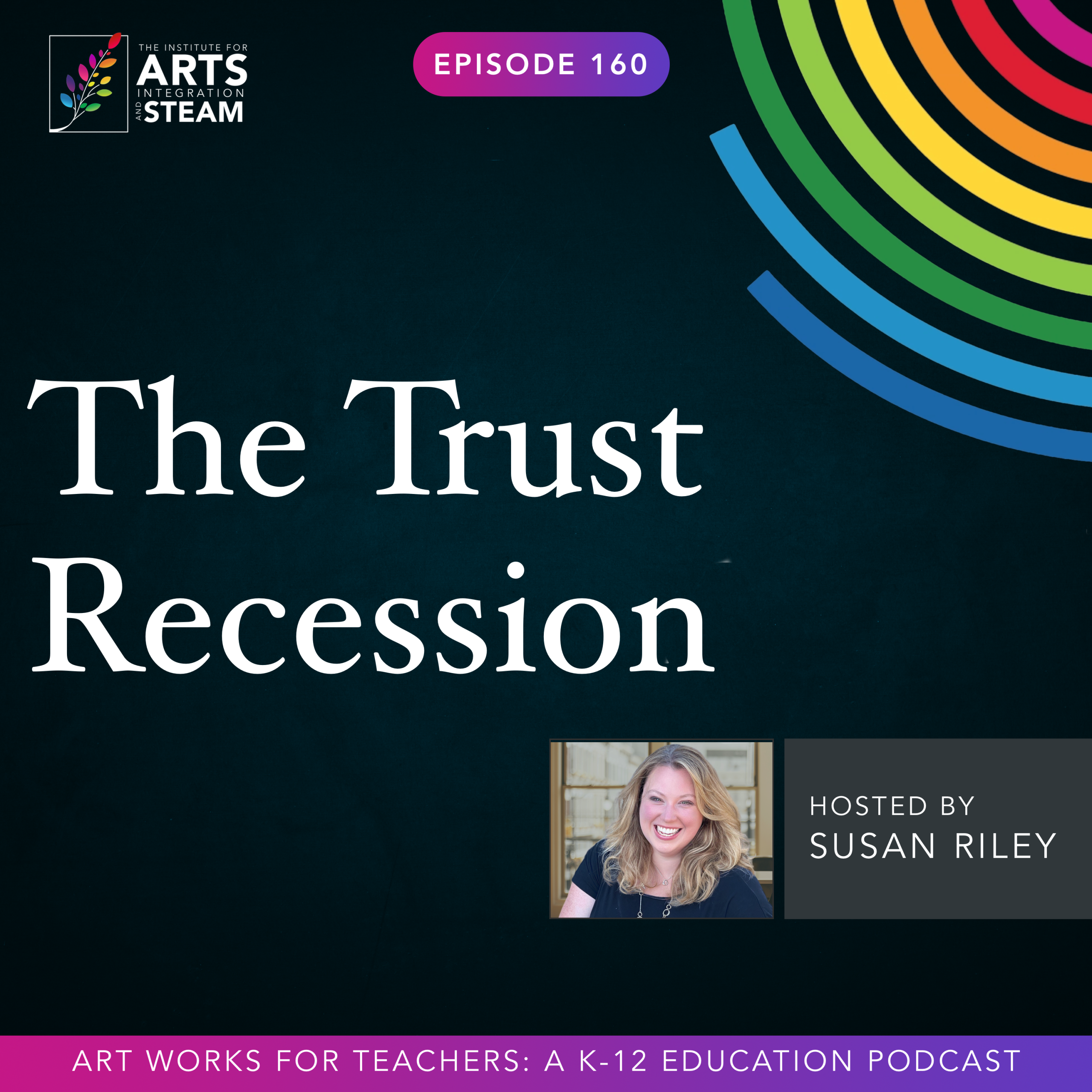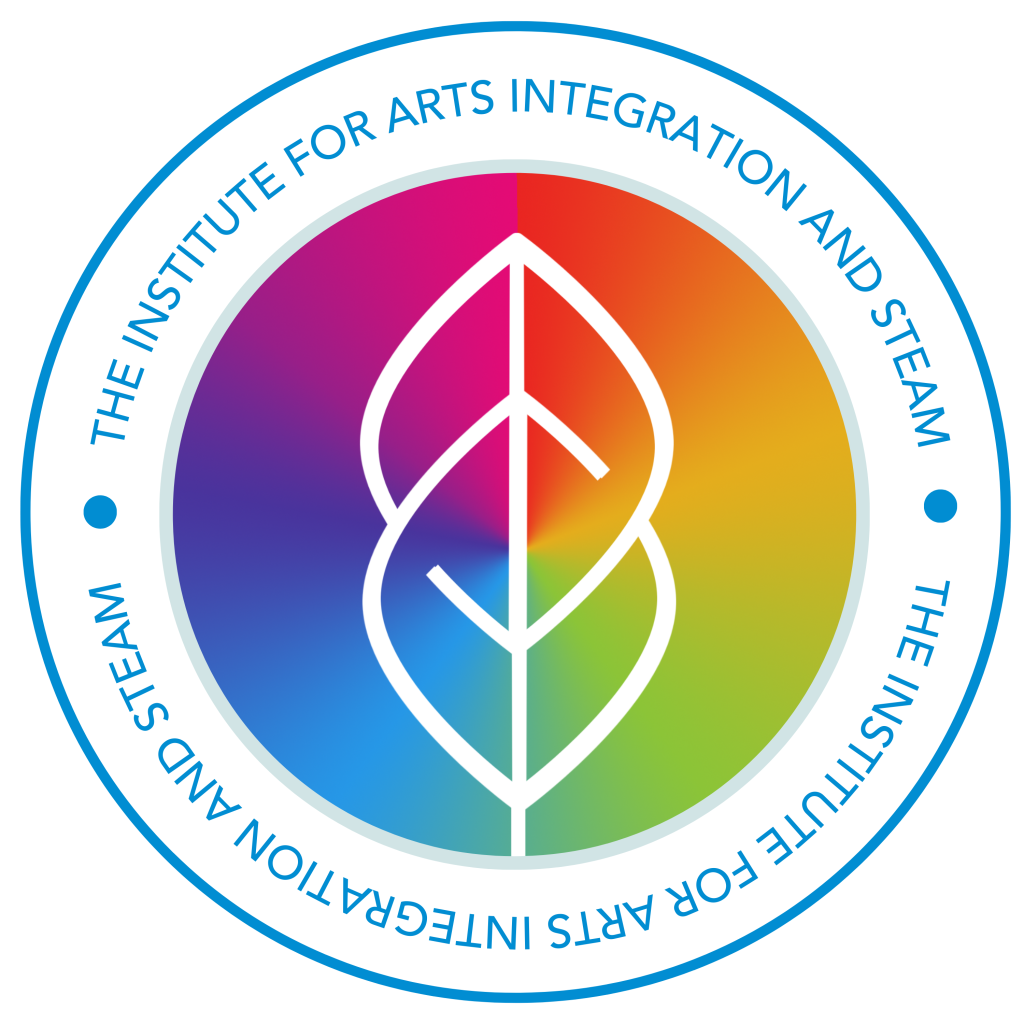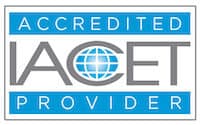ART WORKS FOR TEACHERS PODCAST | EPISODE 141 | 32:08 MIN
Build Systems that Stick: Stop Chasing the Next Big Thing
Tired of chasing the latest tech trend only to see it fade? In this episode, Jeff Bradbury shares how he went from orchestra conductor to edtech leader, and why real school transformation happens not through tools, but through purpose-driven systems and coaching.
Enjoy this free download of the Make an Impact Resource.
Hi, Jeff, thank you so much for being on the show today.
Jeff
It is great to be here.
Susan
Wonderful. So I like to always dig in with looking at the story of our guests and what your background is, because I feel like the transformation is really what creativity is all about. And so I know that you have a really interesting story that you have a background in music ed and you're now in ed tech. And so I'm really curious how you went from orchestra podium to the ed tech world.
Jeff
Well, first of all, thank you for having me on the show. I've been in education for the last 20 years or so. And like you mentioned, I started off as an orchestra teacher and did that for about 15 years or so and was conducting in orchestras in Pennsylvania and New Jersey. And I had an opera company that I was running up in Brooklyn. And, you know, it's hard to do all of those things. And and right.
Um, so it was right around 2009, 2010, I kind of learned about the world of podcasting. It was also around the same time that my school district had said, why don't you start teaching some PD classes to my teachers? And I didn't know about the topics they were asking. So I figured, hey, how do you learn more? You start a podcast and you start to bring people on and you actually get a chance to ask the expert. So my podcasting career kind of started in 2010. And then that got me into the world of Google and the world of Microsoft and the world of Ed Tech and started meeting all these great people. Next thing I know, I was an instructional coach and an instructional coach for about 15 years. And that's taken me from supporting multiple school districts. That's taken me to being a district administrator. I'm now teaching digital learning skills for middle school students. And there's been an amazing world in between all of that stuff.
You know, to be honest, there's not a lot of differences between conducting an orchestra and running a podcast. It's audience and questions and feedback and I've absolutely been loving it.
Susan
Awesome, awesome. you have several kinds of different podcasts, right? Or is it all one? Because I clarify that.
Jeff
Yeah, it's, it's a funny way of asking that I say that I do the same podcast, but I put them into two different categories, right? So over the years, I've had shows about instructional coaching and shows about ed tech. And now I've got a show called the Jeff Bradbury show, which is about, you know, business and entrepreneurship and things like that. For me, it's the same show because I do them the same way, but I just kind of put them in two different buckets with a different out because you know, maybe you like to talk about coaching and maybe you like to talk about podcasts.
Jeff
You know, there's a few different places that you can find me on Spotify and, you know, I've got a number of different shows depending on the topic that you're interested in.
Susan
Yeah, it's and you're a man after my own heart because I am seriously our paths I swear they had to have crossed at some point because I was teaching music right the same time that you were Jersey, Pennsylvania, Maryland, like somewhere some conference some music conference. I'm sure that we've run into each other and again our our organization started at the same time, 2009, 2010. So it's really interesting how that particular period of time, and you are not my first guest who has evolved and had that kind of experience at that same time. There was some magic in the air between 2008 and 2010 where educators were really starting to hop into this world of podcasting and blogging and all of the things that we can share. TeacherCast, I think, started as a passion project for you, right? So go ahead.
Jeff
You know, I never thought it was going to be a business. never, you know, again, it was just, let's try this thing. And it was July 11th of 2011, two in the morning, I couldn't sleep. And I thought I was creative by putting the word teacher and podcast together because I'm sitting here looking at my iPod, realizing that you put internet and pod, you know, all those different things. Next month in July is going to be 14 years.
And boy, it's it's taken me around. It's taken me a lot of stuff. It's created a life for me and has definitely supported my family.
Susan
Wonderful. And here's the thing, friends, who are listening that are like, you're not sure of your next step, whether it's to stay in the classroom or to maybe start something on the side. Jeff is proof of what you can do with both, you know, and that things can evolve and you don't have to be one thing.
And I think that's fantastic. So you have over 2,000 podcast episodes under your belt at this point, right? And I've had so many different kinds of conversations from people around the world. What are some of the biggest trends that you've seen come and go and maybe are coming again?
Jeff
well, for the coming in the going, let's just talk about podcasting as it is right. When you're looking in the world of non educational podcasts, you know, there's always the debate of what is this? What is a podcast? What isn't and we're not going to get into that right now. But in the education world, I've always said we've had about five different waves of podcasting, basically.
depending on the technology, we had things like Google Meet, we had the blabs, we had the anchors. And throughout all of that, you saw a bunch of educators really getting into the medium and really trying to create and have conversations and content and online shows. So it's been really cool. I feel old when I talk about this stuff, because I'm still here, right? But it's been really cool watching people get interested in podcasts. And then, of course, as soon as the teachers get interested in podcasting, it's well, how do do this for our students?
Right? So if you go over to podcastingwithstudents.com, you'll see all of my student podcasting resources and lesson plans and stuff like that. And there's a lot of different aspects of that. Obviously in education, we're talking about AI these days, who isn't, but going into how do we use it? What can we use it for? How do we save time? Automations? I mean, it's really interesting seeing all that. And as you know, being in the recording industry here, you get a chance to meet the people you get a chance to meet the companies you get a chance to see behind the scenes a little bit. And for me that just helps out my school district that helps out my family here. And that helps really bring a light to what's happening. So you know there's a few topics that have been coming on and kind of going around here but it's it's really interesting to see how many different things just keep revolving and kind of all come back into circle.
Susan
Yeah, so I want to dig into this a little bit further because I'm, you know, for people who have been around as long as us, not calling us dinosaurs or anything, but we've been around for a while. We've seen some ed tech trends come and some really like that were really hot and have gone by the wayside. And it kind of leads to this whole burnout from educators, I think of, you know, what's going to come now and what's sticking and what's not. Do I need to invest in this? Do I mean or should it? Is it just the next five? I think.
What's your take on that in terms of especially around AI? When it comes to AI, I don't think it's a fly by night thing, but you're the expert. So how should teachers be embracing technology or discerning it?
Jeff
One of the things that I like to discuss and talk about is what we call the innovation curve. And if you think about it on one side of the curve, you have people who are early adopters, people like you and I, who are like, oh, there's a shiny new thing, let's go for it. And then you go up the curve and you see about that 15 to 18%. Those are the people that say, well, if Jeff and Susan are doing it, I'll give it a try. And then on the other hand, you've got the people that you kind of have to pull into all of that.
And I talk about this a lot on the podcast. I talk a lot about this in the book and I talk a lot about this on the presentations. And if you're going to create a movement, you need to have those first followers that bring that next 20 percent that then start to pull people up that hill. Where am I going with all of this? When you're looking at technology and things that are a fad, there's got to be a reason for having it. Any first follower is going to go, oh, Twitter's great. Oh, OK. Now Blue Sky is great. Now LinkedIn is great.
But what's the actual meaning behind that? And being a tech coach for 15 years, you know, we've seen the rise of the need for extra support in the classroom, the need for the position. But then as more and more teachers started pushing back on the use of technology in the classroom, that's when you started seeing reading coaches and STEM coaches. so the need for support is there.
But the need for the support is now not coming from the technology, meaning the application, meaning, hey, we just got Google for the first time. You saw the backlash, but the need for the support is still there. All of that support comes from your school district, your school district goals, your school district leaders saying we have a need to learn. As an example, we have a need to raise our reading scores. So how do we do that? Well, we go get our reading coaches.
Now, obviously, the reading coaches are going to need something. That's where the reading applications come in. So you're basically saying we're going to infuse technology through the use of this position or through the use of these resources. But it's goal oriented. It's not just, hey, we have this thing who wants it. It's we have a goal to move forward. We're going to support our students. We're going to support our teachers. Now, here's the why. And I think more school districts, I don't think they're identifying it as the why but I think they're identifying it as this is something that's important to us. So it's been interesting, again, you were mentioning the trends and stuff, going from a tech coach to an instructional coach to a, you name whatever the title is, there's a lot of different things that have been happening in education to support student learning, but it's gotta come from this idea of why are we doing this and how do we wanna get there as a group? Then you see the teachers starting to buy into this concept.
Susan
Yes, and I want to dig into this idea of support a little bit more because I don't know if you've been seeing this, but I have, especially over the last six to 12 months, where support used to mean, let me give you some lessons, let me give you some resources. You can then play with that and kind of figure it out and use it then in your classroom or in your school, right?
And I'm seeing that evolve in terms of not so much needing the stuff anymore, but needing the structures and as you pointed out, the systems. And so how do you as an instructional tech coach, as the person who kind of guides this, what kind of supports do schools need other than the stuff? Because I still think even after all the COVID money has now been gone and spent,
We still fall into this trap sometimes of let's buy the next new thing, let's buy the next new tack and put it in front of our kids because we got to be ahead of the game. How do you get schools to understand that the support is where they really need to spend the time and the money and what does that kind of support look like for you?
Jeff
Well, the support is the answer to the question that you're asking. It's not the thing that they need. What they need is the structure. And I talk a lot about this in my new book, Impact Standards, because there's a lot of school districts that are just spending money, and now they don't have any money. And even in districts that I used to work in, now they're losing coaches, and they're losing all these different opportunities because they don't have the funding. When we tie instructional coaching into our vision and into our strategic plan, then it's not an afterthought. It is the way that we're going to succeed in this school community that we're building together. And so you ask a lot of coaches, what do you do? And unfortunately, they give the wrong answer. Hey, Susan, what do you do? And Susan goes, I work with teachers. No, that's how you do it. You are here, going back to the reading example. You're here to support the vision and the goals and the digital learning plan, all of the, you do that through helping out teachers. You do that through working with the community. You do that through your email newsletters, your websites, et cetera. And then it becomes, okay, I understand where the money is going. I understand the need for the, I need to get a few more of these because suddenly, you know, there is a structure. So a lot of what I think school districts need to do is take that step back and go, why are we having this? What is the reason?
Look, I've come from a number of school districts that didn't understand why they were hiring me. My first school district, they brought me in and they sent me into the school district and just said, Jeff is here. He's the digital coach. Go. And then you ask the principals, well, what is Jeff going to do? And they go, I don't know, because there's no structure. Well, if Jeff is here because we have a goal to infuse Google Classroom as an example.
Well, then we understand that when the principals go into the classroom and they're not using Google Classroom, he's the re you know, not the reason he's the he's the tool that we bring in to help achieve our goal. And that could be for stem or for reading or for sped or you name it. So it's really the structure that we have to create. And there is a synergy between digital learning standards and curricular standards. They do go hand in hand.
Susan
Absolutely. let's talk about that and how that leads into your book because I know you have a new book out. Tell us more about what that is and how that connection works.
Jeff
Well, the book is called Impact Standards, Designing District Systems, that power K-12 learning. And it took a long time to come up with that subtitle of Designing District Systems. The book really picks up where your strategic plan stops. You're gonna create with your district the strategic plan that says in three years we're gonna, in four years, and here's all the benchmarks. Well, then what, right? How does that relate to the classroom teacher? And usually the classroom teacher doesn't
No, doesn't care. They see this thing that the superintendent's flashing around in the community. But how does that actually relate to the lesson plans? How does that relate to the standards? How does that relate to what's happening in the classroom with the students? Well, it all does because everything has to happen to be focusing everyone's attention into student and student achievement. So once you have that strategic goal, it really is. OK, it's my favorite question that I ask.
When you walk into the classroom, what do you want to see? I want to see learning this way. I want to see students acting this way. I want to see the curriculum being alive. what? OK, so then how do we get there and how do we get there is we build an instructional coaching support where you have people that work together. I can't tell you how many times in a previous school district I was the digital learning coach and you were the reading coach and we didn't know if we were brothers, cousins, mortal enemies, right? I would go in and say, I have a meeting with Mrs. Smith and you're like, well, I do too. And I'm going to tell her what to do. Well, then what's my job? And so when you have teachers that aren't understanding what the role of these support people and that they're here to support the district goals, again, you can see where I'm going with all this, right? But the point is the book really does help school districts and buildings build a system that will help them achieve their strategic plan successfully through instructional coaches. And then at the end, it gives you a nice little, you utopia of here's what it looks like in this school district in this school district. And I'm really happy that I had a number of instructional coaches and digital learning leaders kind of write a chapter with me to say, here's what this actually looks like when in best practice.
Susan
Yeah, I would actually love to hear what's your favorite story out of all the ones that were that are in there. What's a favorite that of a district that like it's rocking it out of the park?
Jeff
There's a lot of districts that are getting it and they don't know that they're getting it because they're just going forward, right? You never know how far you've gotten until you turn around. And it was interesting working with coaches that said, okay, once I started writing this chapter, I didn't realize how much impact I'm actually having. And that is a big deal with coaches. Most coaches don't realize what they're actually doing because coaching is not a day by day, it's a year by year.
You sit there and you work with a teacher and then you realize the next year, they're not doing that lesson anymore. The hallways don't look the same. And that has nothing to do with technology. That just means the behavior patterns have changed. The lessons have changed a little. They're now asking secondary questions as opposed to, know, I need an app that does a form. It's how can this form support my teaching of Westward expansion? That only happens over time.
And that only happens through the innovation curve of you got to get those first two people in there, those those teacher leaders. Then you can get a grade. Then you can get a building wing. Then you can get. And it happened to me my first school year. I was I was in a school district for four years. Didn't realize the impact I was having because you're in that day to day. The year that I left was covid and I had a number of teachers come up and go, I know you're not here, but you need to know.
You're here because we don't have these questions because we are set up we are ready to go. And that was difficult when you're talking to district leaders and they're like, but we don't see any results. And I'm like, that's right. You're not seeing the results because they've been happening. You don't see the Beecher Road.
Susan
Right, right, absolutely. This is all fascinating and it's pinging a lot of questions in my mind that I want to dig into. And I'm kind trying to figure out which ones I want to ask first. I guess I kind of want to start with in terms of, let's back all the way up to an instructional coach because I know I'm going to have audience members who have never either heard of an instructional coach or they've heard of them, but they don't exactly know what they do in their buildings because they haven't actually met with their instructional coach.
Jeff
Because the coaches don't know what they do, right? And you know, the joke that I say is if you have 20 instructional coaches in a room, you have about 35 different job titles. Are you an instructional coach? Are you a tech coach? Are you a STEM coach? Are you a TOSA, which is teacher on special assignment? Are you an… And they all have their acronyms. One of the most important things that we can do to these people is clearly define them. Because if not,
You're dumping, it's like Fortnite. You're on the middle of the island and nobody knows what to do with you. You're going into classrooms saying, hey, Susan, I'm here too. And they're like, thanks. So one of the most important things to do, and if you are listening to this and you're a first year coach or a fifth year coach or a first year administrator, how are you setting these people up? These vital people, I call it the fulcrum, because they're in the middle of the administration world, central office and the teacher world where you're not really one, but you're not really the other, but you're here. And I've experienced this. I've worked with so many coaches who the beginning of the year, the principal gets up and says, Susan is our instructional coach. And that's it. As opposed to, hey, this year we're focusing on reading. And every single time I come into the classroom, I want to see that reading happen and I want to see class discourse and I want to see, and I want to see
By the way, Susan is our coach and her job is to help you get there. So in one complete introduction, the principal has set the example, said when he's going to be looking for all of this and given you the tools to do it. If not, Susan's our coach. What is a coach? And I even tried this one day with my chiropractor. I said, how would you like it if I brought in a chiropractic coach for you? And he goes,
I wouldn't want that at all. I've been doing this for 30 years. I said, okay. Do you have any other chiropractic friends? He goes, yeah. I go, don't you guys ever share secrets on how to be a better chiropractor? All the time. And I just kind of dropped the mic on that one. Like, that's the point. I don't, nobody wants to be, no 30, 40, 50 year old wants to be coached, but they all can agree that they can do something a little bit better.
Susan
Yeah, yeah, 100%. And I think that's super important for people who are listening. If you have been resistant to instructional coaching, or even if you're dealing with people who have resistance, that's a wonderful way to reframe that and to understand that it's really more of a mastermind. You're really kind of pulling these ideas together collaboratively without necessarily the hierarchical structure. Which brings me to my next question in…in terms of when you talk about systems and you talk about the structures that are needed. I know several administrators personally, and I know a whole lot more in tandem that would be a little nervous to that in terms of, you have to have checklists that you follow? Is there any room for creativity or the ability for me to flex based on my school environment? Or does it have to be a rigid way? Because you're talking systems and people immediately think, in a box, right, that it has to follow these kinds of steps.
Jeff
This is where the orchestra background comes out. When you're on the podium, you have a string section. There's 10 violins, 10 violas, 10 cellos, 10 basses, right? You can tell that every one of those sections has a section leader and everybody rank and file is gonna make sure that that bow is going in the right spot. I can say to all the first violins, this is what I want. Sometimes I can even grab the violin and play it for you and go, this is how we're gonna play this.
Here's the bowing, here's how this works. Great. Then you have your winds and your brasses. There's one per part. I'm never gonna pick up that clarinet and blow into it. But I am gonna say, here's how I'd like to hear that phrase. Here's how your part connects to the bassoon. Here's how this strings do this. And here we do that. Well, in education, we call that vertical alignment, right?
I'm never going to run to the back of the orchestra and grab a bass drum mallet and show off in front of an entire hundred piece orchestra. And in instructional coaching, you have to keep it the same way. I've been in districts where I was responsible for five buildings. I've been in districts where I was responsible for 25 buildings. I've been a district administrator where I was responsible for putting the entire platform together. I can walk into an elementary school, have a meeting with the fourth grade teachers and go, what would you like to do? You show me the curriculum.
But let's come up with a way that Kahoot can help out. But at the same time, I'm never going to walk into a middle school or a high school and talk to the AP biology teacher and go, here's how you're going to teach this. I might say, here's how we would like to see this. We want to see it with student discourse. We want to see it more with a, you know, we can you do this with an audio and a video component? Can we do this with a, with a writing component? I can show you how I want the phrase to be played.
and how I want it to sound, but I'm not going to tell you what the fingerings are. And so I look at an entire school district as my orchestra. And so that's, you one of your first questions with how do you make the transition? I never did. This is the same exact thing for me.
Susan
That's so good. And as a musician myself, I can see it very clearly. And I love the way that you approach the coaching aspect in that you're asking questions. You're honoring what people are already doing and just bringing in something to enhance or deepen the skill sets that they already have, which I think is missing in so many approaches, especially when we're introducing new content or new ideas.
I cannot believe we're already at this point though where I'm gonna need to start wrapping up. But before I do, I really wanna just dive a little bit into one last piece, which is that you've had so many different experiences. You've been in podcasting and coaching and professional development and schools. What would you say to somebody who is maybe interested in… know, their influence beyond the classroom, but are unsure of how to do so, might be a little nervous. What advice would you give them?
Jeff
Don't look back on this. This has been a crazy last 14 years. It's been a crazy 25 years. Never did I think I would ever leave the music podium. This is coming from a guy who walked into his school district one day and said, I have a crazy idea. Let's go perform on the main stage at Carnegie Hall. And we did, right? Had a crazy idea for, I wonder what we can do with this microphone. And
The hundred I'll never forget this one, but the hundredth subscriber to me on Twitter happened to be the Secretary of Education from the state of Iowa at the time. You never know. You never know that if you write an email to somebody they might actually call your bluff and say let's do this together standing in front of the CEO of Microsoft twice on Microsoft's watch because they brought me out because I was the podcaster on contract at record for Microsoft for a couple of years, that would have never have happened. And I can go into the story of me sitting at the New Jersey teachers convention in 2013. And I had about 100 people in front of me. I had my booth with me. I'm doing broadcasting. I'm doing a whole bunch of stuff. And my wife calls and says, yeah, I'm in the hotel across the hall. It's time to have kids. And
All of these stories just came. So I can tell you that the podcast and the microphone has done a lot. And my newest adventure is I'm now going to be working as a VP for comms and marketing at an AI startup. You you just keep adding these things in and you go, but it's all orchestra conducting. How do you know what to do while you listen? You have the conversations, you know what the final plan is. And it doesn't matter if you're a teacher getting to that last test. If you're a coach saying here's the strategic goal. We're going to get there. If you're an orchestra saying I know what Beethoven five sounds like, or if you're sitting here going, all right, now I have a company that I need to put in front of people who don't know anything about the company. I got to build a team. I got to build a structure. I got to build it or an instructional coach going. I was just dropped into like Fortnite in the middle of everything. You just create a plan and you get all the support. And if you need help,
There are people out there who are there to help you. built my tech coaches network because I didn't know how to be a tech coach. And that was 14 years ago. build that, you know, we call it, build that taproot, but build your network. people are out there and they wanna help. mean, you and I just happened to find each other and I know we're gonna be talking after this is good. So.
You never know who's around that corner.
Susan
Absolutely, absolutely, such wonderful advice. Jeff, for those who want to stay in contact with you, maybe purchase your book, listen to your teacher cast, where are the best places that they can find you?
Jeff
You know, the business website is teachercast.net. My book you can find over at teachercast.net forward slash standards. Very excited that we for the last couple weeks, we've been numbered two on the on the new book list. So help us get to number one. And looking forward to a great summer ahead and having you on my show sometime soon.
Susan
Fantastic, I cannot wait. Thank you so much for joining us today, Jeff. This was a true pleasure.
Jeff
Thank you so much.
Jeff's website: teachercast.net
Jeff's book: teachercast.net/standards


